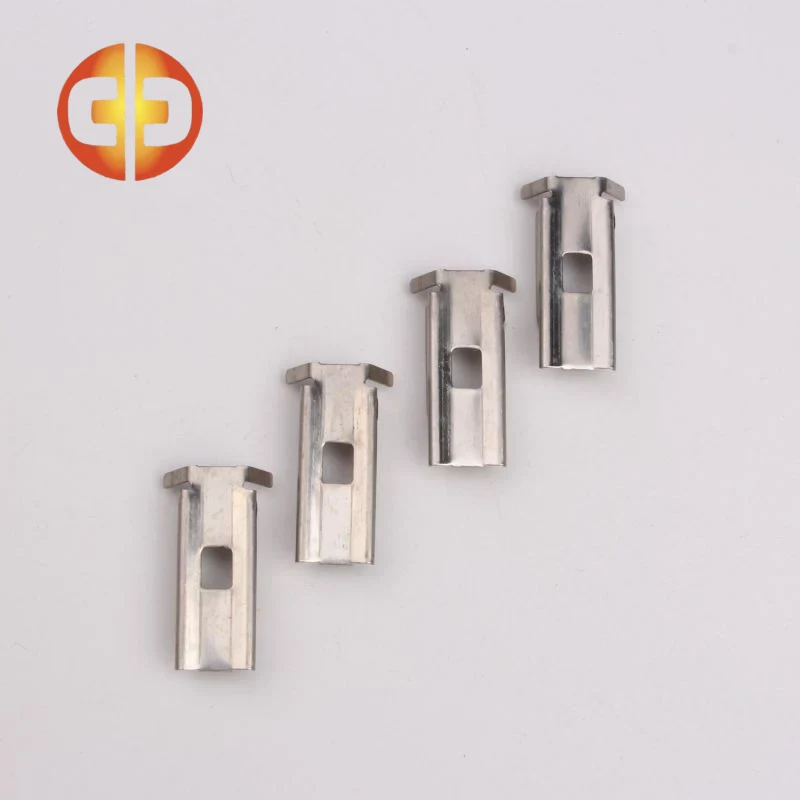What Solutions Exist for Magnetic Metal Parts Separation
2025-09-01
If you’ve worked in metal fabrication, you know how challenging it can be to handle small, stamped parts efficiently. Jams, misalignments, and scrap buildup aren’t just annoying—they cost time and money. So, what solutions actually work when it comes to separating and controlling metal stamping parts using magnetism?
How Can Magnetic Systems Simplify Metal Stamping Operations
At Zhongchuan Hardware, we’ve been designing and installing magnetic solutions for over two decades. One of the most common issues manufacturers face is the stacking or jamming of parts right after stamping. This is where a well-selected Metal Stamping Parts Magnet can make all the difference. By integrating magnetic lifters or separators, you can ensure smooth transfer and reduce downtime caused by manual intervention.
What Types of Magnetic Separators Are Most Effective
Not all magnets are created equal. Depending on your application, you might need:
-
Plate Magnets: Ideal for conveyor-based systems, these are mounted above or below the conveyor to attract and separate ferromagnetic scraps.
-
Grate Magnets: Used in hoppers or vertical feed chutes, these consist of multiple magnetic tubes to catch fine metal particles.
-
Lifting Magnets: Perfect for moving blank sheets or finished parts between presses or assembly stations.
We at Zhongchuan Hardware often recommend using a combination of these systems to achieve a clean, automated workflow. Each Metal Stamping Parts Magnet is designed for heavy-duty cycles and can be customized in terms of magnetic strength and physical dimensions.
What Technical Specifications Should You Consider
When selecting a magnet, it’s important to look beyond the surface. Here are some key parameters we help our clients evaluate:
-
Gauss Rating: Measures the strength of the magnetic field.
-
Lifting Force: The maximum weight the magnet can securely handle.
-
Operating Temperature: Especially important in high-stamping environments.
-
Duty Cycle: Whether the magnet is designed for continuous or intermittent use.
Below is a quick reference table for some of our standard magnetic separators:
| Product Type | Gauss Level (approx.) | Max Lifting Force | Suitable For |
|---|---|---|---|
| Plate Magnet | 6000-8000G | 30 kg | Conveyor scrap separation |
| Grate Magnet | 9000-12000G | N/A | Powder or fine scrap |
| Lifting Magnet | 10000-13000G | 200 kg | Blank and finished parts |
Customization is always an option. For instance, if you’re working with larger Metal Stamping Parts Magnet requirements, we can engineer systems with higher gauss levels and enhanced durability.
Why Choose Magnetic Solutions Over Mechanical Methods
Mechanical separators often require frequent maintenance and are less adaptable to different part geometries. Magnetic systems, on the other hand, offer non-contact operation, which means less wear and higher reliability. In my experience, plants that switch to magnetic separation report fewer line stoppages and better material flow.
Plus, with a Zhongchuan Hardware Metal Stamping Parts Magnet, you get a product built to last. Our magnets are used across the automotive, appliance, and electronics industries because they perform consistently even under high-volume conditions.
Who Can Help You Implement the Right Magnetic Solution
We understand that every production line is unique. That’s why we offer site evaluations and prototyping services. Whether you need a standard Metal Stamping Parts Magnet or a fully custom-designed magnetic conveyor system, our engineers work directly with your team to ensure seamless integration.
Don’t let metal stamping bottlenecks slow you down. Contact us today at [your email/phone] or visit our website to discuss how our magnetic solutions can optimize your production line. Let’s solve your separation problems together.
